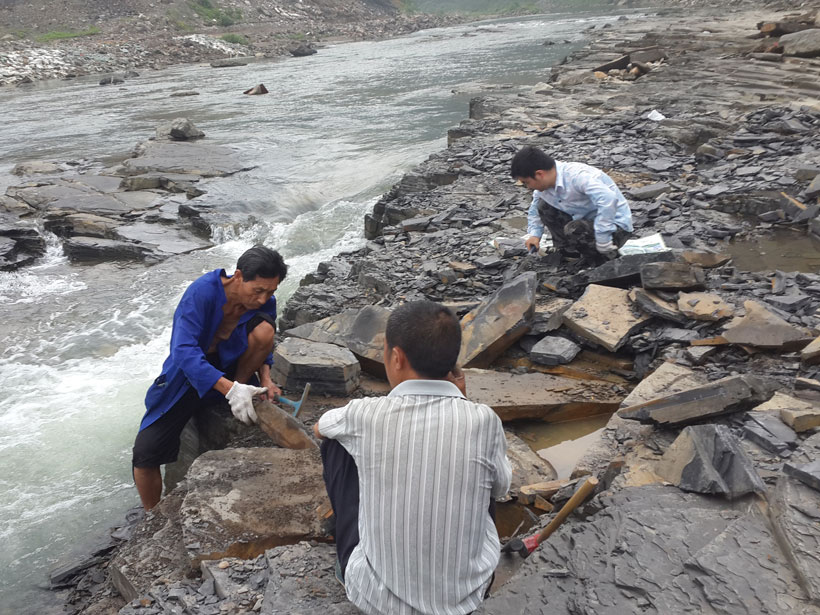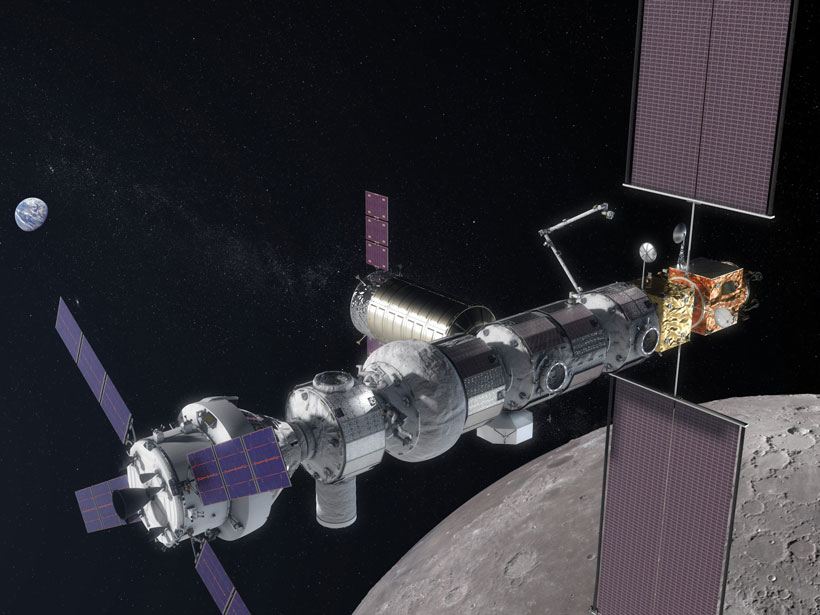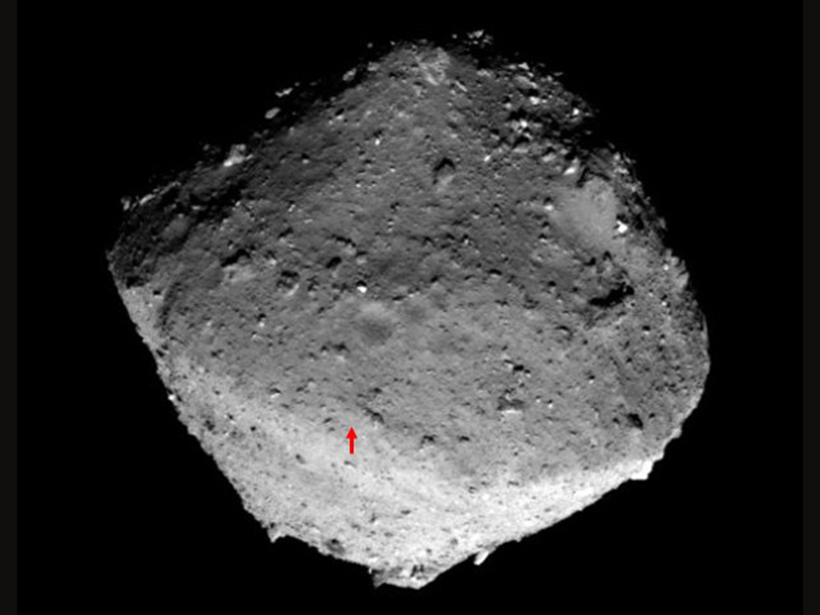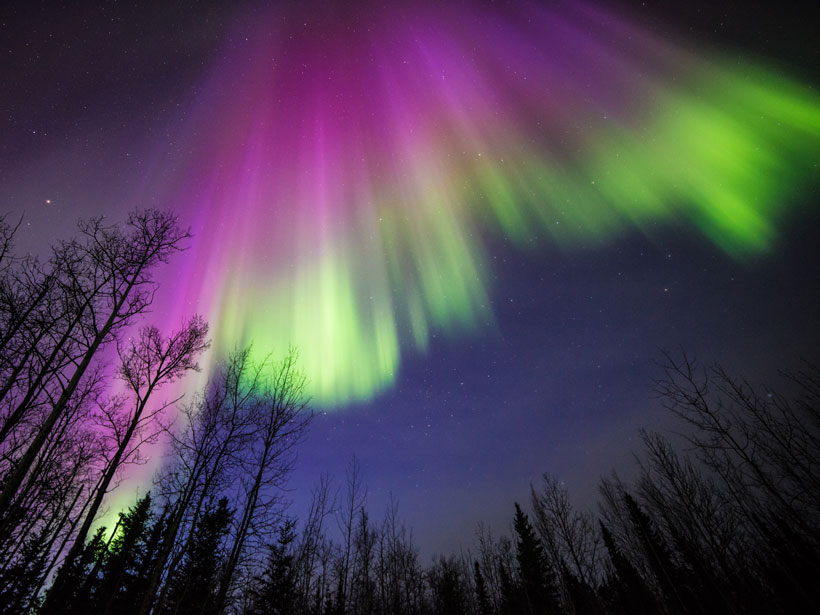Mission scientists observed 11 separate particle ejection events in a 1-month period. They are still trying to figure out what could be causing the particle plumes.
Kimberly M. S. Cartier
Kimberly M. S. Cartier, Senior Science Reporter for Eos.org, joined the Eos staff in 2017 after earning her Ph.D. studying extrasolar planets. Kimberly covers space science, climate change, and STEM diversity, justice, and education
Scientists Discover Pristine Collection of Soft-Tissue Fossils
The fossils include jellyfish, box jellies, branched algae, and sponges, which are underrepresented in or missing from other deposits.
All About Bennu: A Rubble Pile with a Lot of Surprises
Asteroid Bennu has been under close scrutiny since December. Here are six key results from the first few months of data from OSIRIS-REx.
Some Waterfalls May Be Self-Made
Waterfalls sometimes imply a past dramatic event, like tectonic uplift or a landslide. Self-formed waterfalls could challenge that interpretation.
Science Down, Lunar Exploration Up in NASA Budget Request
Here are five key takeaways from the president’s recent budget request for NASA.
Unused Fiber-Optic Cables Repurposed as Seismic Sensors
So-called dark fiber can serve as regional seismic activity monitors and also detect earthquakes thousands of kilometers away, according to new research.
First Privately Developed Lander En Route to the Moon
The lander, built by an Israeli company, will survive on the surface for just a few days. It will capture magnetic field data and conduct an experiment with a lunar orbiter.
Asteroid Mission Attempts Touchdown, Sample Grab
Hayabusa2 will fire a metal bullet into the asteroid surface to eject material that will then be collected. The mission will return the samples to Earth in late 2020.
Deaf Students Feel the Universe’s Vibrations in New Workshop
Students experienced the vibrations of Earth’s auroras, the Sun’s flares, Jupiter’s bow shock, and Saturn’s rings in an outreach activity designed specifically for their community.
New Tiny Moon of Neptune Discovered
The moon’s size and orbit point to it being the remnant of a collision with Neptune’s moon Proteus.










